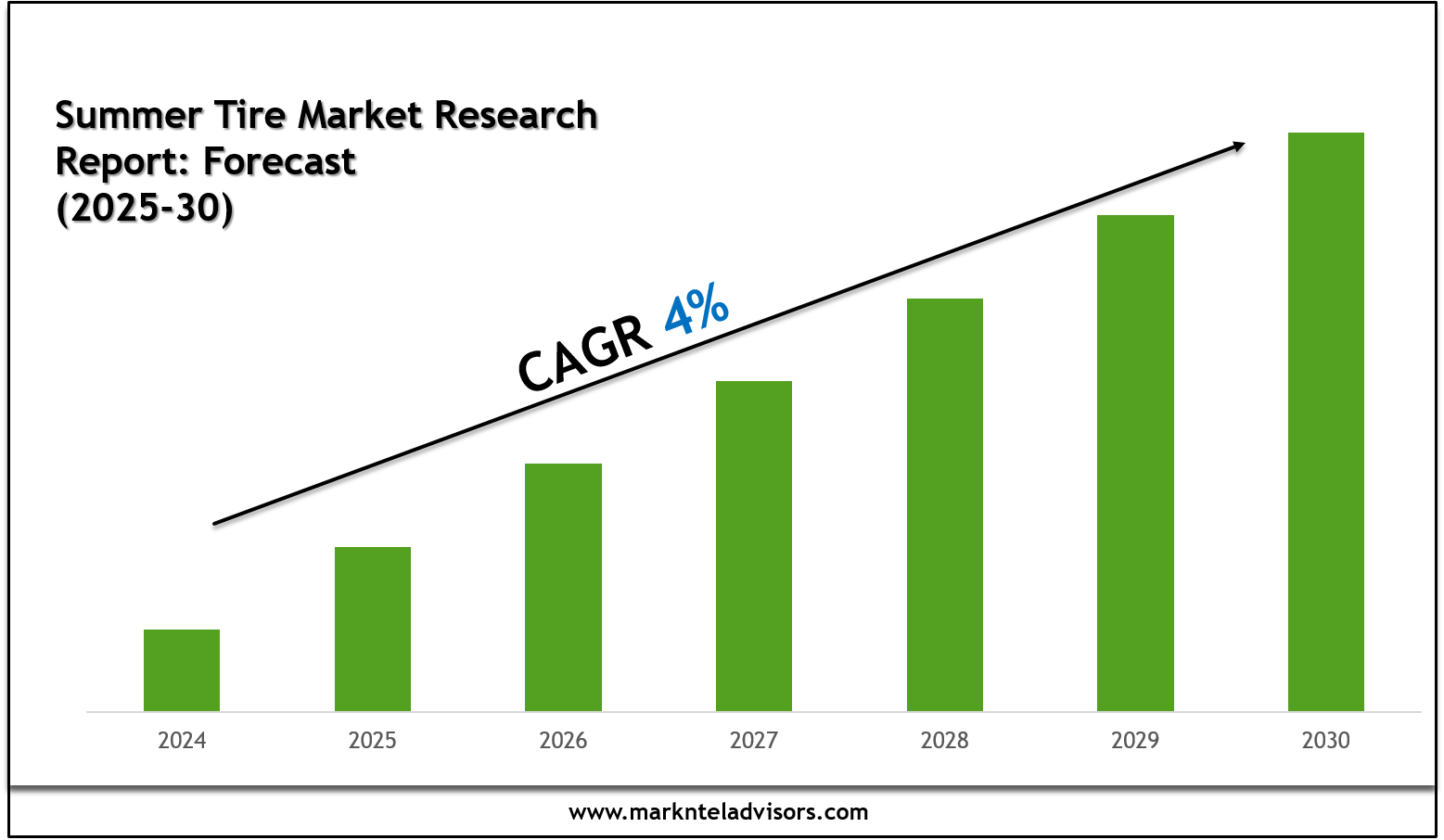Global Aircraft Battery Market Size, Trends, Growth Forecast 2025–2034
The Aircraft Battery Market was valued at USD 1.44 billion in 2024 and is projected to grow at a CAGR of 7.1% from 2025 to 2034, reaching an estimated USD 2.86 billion by 2034. Growing demand for more efficient, lightweight, and sustainable power systems in aviation is driving significant interest in advanced aircraft battery solutions. The continuous evolution of electric and hybrid aircraft, combined with advancements in battery technologies such as lithium-ion and solid-state batteries, is reshaping the future of aerospace power systems.
The global aviation sector is increasingly focusing on electrification and energy efficiency to reduce operational costs and carbon emissions. Aircraft batteries are critical for ensuring stable power supply for both propulsion and auxiliary systems. With electric vertical take-off and landing (eVTOL) aircraft and unmanned aerial vehicles (UAVs) gaining commercial traction, the demand for high-performance energy storage is rising sharply. Factors such as government sustainability mandates, the emergence of all-electric aircraft prototypes, and progress in material science are key catalysts for this upward market trajectory.
Market Overview
The aircraft battery industry has become a vital component of the broader aviation electrification movement. The global shift toward decarbonization and sustainable air travel has intensified investment in energy-efficient solutions. Lithium-ion technology, in particular, has emerged as the most promising alternative to conventional nickel-cadmium systems due to its superior energy density, lightweight design, and extended lifecycle. Furthermore, increasing aircraft deliveries and modernization of existing fleets are expected to enhance demand for reliable and safe power backup systems.
The transition to hybrid and fully electric aircraft also underscores the growing integration of smart monitoring systems and advanced battery management systems (BMS). These innovations enhance battery health, safety, and operational lifespan by preventing overcharging and optimizing temperature regulation. Another key trend influencing the market’s evolution is the push toward solid-state battery development, which promises even higher energy density and faster charging capabilities while minimizing safety concerns related to thermal runaway.
Rising defense budgets and increasing use of unmanned systems for reconnaissance, communication, and logistics are further accelerating the adoption of advanced power systems. The expansion of urban air mobility (UAM) networks, coupled with the commercialization of eVTOL taxis, will also significantly boost battery demand over the coming decade.
Market Segmentation
The global aircraft battery industry can be analyzed across several key segments, including battery type, application, platform, and end-use.
By Battery Type:
Lithium-ion batteries currently dominate the market due to their superior energy-to-weight ratio and declining production costs. However, ongoing research into solid-state batteries, nickel-cadmium, and nickel-metal hydride technologies is expected to yield competitive alternatives. Solid-state solutions, though currently in early development stages, hold immense promise for future aircraft applications owing to their enhanced safety, compact design, and energy efficiency.
By Application:
Aircraft batteries serve essential roles in both main and auxiliary power systems. Main batteries supply power for starting engines and supporting flight-critical systems, while auxiliary batteries are used for emergency power, avionics, and backup systems. As avionics and flight management systems become increasingly digital, the role of reliable battery solutions becomes even more crucial for maintaining uninterrupted operations during power fluctuations or failures.
By Platform:
The platform segmentation includes fixed-wing aircraft, rotary-wing aircraft, and unmanned aerial vehicles (UAVs). Fixed-wing aircraft continue to account for the largest share due to extensive use in commercial and defense sectors. Meanwhile, the UAV segment is witnessing remarkable growth due to expanding applications in surveillance, mapping, and logistics. The rapid urbanization of air transport and the proliferation of electric air taxis are introducing new battery requirements emphasizing fast charging and long lifecycle.
By End-Use:
The market encompasses both OEM (Original Equipment Manufacturer) and Aftermarket segments. OEM demand is being driven by rising aircraft production and electrification initiatives by major aerospace manufacturers, while aftermarket sales benefit from periodic battery replacements and upgrades for aging fleets.
Regional Analysis
North America leads the global aircraft battery market, driven by strong presence of advanced aerospace R&D, defense modernization programs, and early adoption of electric aviation technologies. The region’s robust regulatory framework and investment in green aviation are expected to maintain dominance throughout the forecast period.
Europe follows closely, with active initiatives toward carbon-neutral aviation. Projects under the Clean Sky and Horizon Europe programs are fostering innovation in hybrid-electric propulsion and energy storage systems. European nations are investing heavily in sustainable aviation infrastructure, further promoting the adoption of next-generation battery systems.
Asia Pacific is forecast to register the fastest growth rate between 2025 and 2034, attributed to expanding aviation infrastructure, rising air travel demand, and rapid fleet modernization in countries such as China, India, and Japan. The growth of regional airlines and increasing emphasis on electric and hybrid air mobility solutions are catalyzing market expansion.
Latin America and the Middle East & Africa are emerging markets characterized by steady aviation growth and rising investments in military aircraft and UAV operations. While infrastructure challenges remain, technological collaborations and import of advanced battery systems are supporting long-term potential.
Future Outlook
The aircraft battery landscape is expected to experience profound changes as electrification becomes central to aviation sustainability strategies. Development of advanced chemistries, including lithium-sulfur and solid-state variants, will redefine performance benchmarks by offering higher capacity and faster charging capabilities. Integration of AI-enabled battery management systems will further improve efficiency, predictive maintenance, and safety performance.
Furthermore, strategic government policies promoting decarbonization, combined with increasing demand for low-emission aircraft, will likely accelerate adoption across both commercial and defense segments. The proliferation of next-generation air mobility vehicles—ranging from drones to passenger eVTOLs—will reshape the competitive dynamics and introduce new opportunities for innovation.
Technological synergies between aviation and the automotive EV sector are also fostering rapid advancements. Battery cost reduction trends, improved recycling methods, and robust regulatory support are collectively ensuring a sustainable growth environment for the industry.
Conclusion
In conclusion, the future of aircraft electrification rests heavily on the evolution of high-performance energy storage systems. As manufacturers and policymakers align toward sustainable aviation, the importance of reliable, lightweight, and safe power sources will continue to rise. Continuous innovation in chemistry, system integration, and lifecycle management will remain the foundation of industry success.
To learn more about detailed research, emerging trends, and upcoming advancements, visit the latest insights on aircraft battery.
More Trending Latest Reports By Polaris Market Research:
Location-based Entertainment Market
Hoverboard Market: An Electric Scooter for Effective Conveyance
Location-based Entertainment Market



